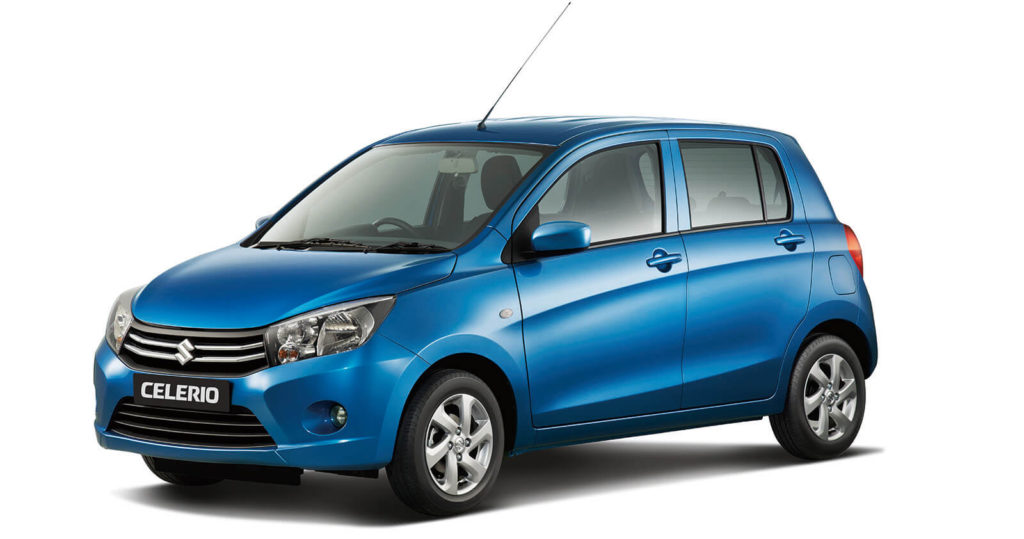Everybody wants to save fuel as we know that fuel is very high in price, Simple ways to get better fuel efficiency without you having to be adept at the mechanics that power your car, so that you can drive past the fuel pump more often than you stop there.
KEEP THE OPTIMAL PRESSURE in Tyres
Driving with optimal tyre pressure makes a huge difference to your car’s fuel efficiency. Reduced tyre pressure means increased contact area between the tyre and the road.
As a result friction between the rubber of the tyre and the road increases, resulting in higher fuel consumption. Over-inflated tyres will mean lower consumption but at the cost of grip and ability to disperse water on the road.
Make sure the tyres are inflated at the manufacturer recommended levels and you’ll be fine. And don’t forget to check them once a week, always in the morning. Always Maintain the pressure and check before travel.
How to judge Pressure in tyre while driving
Your Dashboard
Most newer vehicles have sensors that will let you know when your tire pressure is low, making your job easy. Your vehicle will either say “tire pressure low” or a specific indicator will illuminate. Your car may even tell you which specific tire needs additional pressure. Many new cars are also capable of showing you the tire pressure on the dashboard, allowing you to monitor changes in the air pressure of your tires. Check your manual if you are not already familiar with this function.
You can also check mileage while driving If can feel lower mileage in normal speed without giving the accelerator. If means something is wrong, better check tyre pressure. this is the most common reason for low mileage.
SMOOTH OPERATOR with Brake and accelerator pedals
Use brake and Accelertor as smooth as possible with the car’s controls. Treat the accelerator and the brake pedals with respect.
Rough speedy acceleration and sudden brakes might be more fun on the road but harm your vehicle’s fuel efficiency. Try to apply fewer Brakes because Brake lowers the engine speed and require more fuel for accelerating after applying brakes.
Advice:
– Try to use higher gear possible for fuel-efficiency. lower gear needs more fuels.
– Heavy foot on accelerator consume more fuel, Try to leave your foot from accelerator give you relax to your legs as well as to engine. It should be in your habit, especially when you see more traffic in front of you and you know that we need to apply brake after a few seconds.
CONSOLIDATE TRIPS
Two short trips will inevitably consume more fuel than one that is slightly longer. This is because your car consumes extra fuel each time you crank the engine. Engine requires more fuel while startup.
Combine as many trips as possible to keep fuel efficiency high. As a bonus, you’ll also be saving on travelling time.
Advice:
On traffic lights more that a minutes, Please switch off your engine.
KEEP close your window
A car’s fuel efficiency has a lot to do with how it parts air on the move. In other words, aerodynamics.
Open windows, even partly, at high speeds can impact fuel efficiency and result in the tank draining out quicker due to increased drag
Contrary to popular notion, you’ll save more fuel with the windows up and the air conditioner turned on.
ALL GEARED UP
Shift to the highest possible gear without the engine knocking.
A car consumes more fuel in lower gears when accelerating. If the engine’s not pulling, shift down instead of pressing the throttle.
Shifting up at 2,000 rpm (1,500 rpm for diesel) gives the best mix of speed and economy. On an automatic with manual shift, short shift to save fuel.
LOSE SOME WEIGHT
The heavier the car, the greater will be its thirst.
You don’t have to be a quantum physicist to know this.
So ditch that child safety seat you don’t use anymore, the spare tyre that’s not fit for use or even the tonnes of garbage that you lug around.
Keep the boot empty and clean and watch the fuel gauge become more stable. The extra bucks will make up for the trouble.
IDLING IS THE DEVIL’S WORKSHOP
An idling car burns fuel without really going anywhere.
So if you have your engine running while you’re waiting for someone, you’re effectively getting 0 kmpl at that time.
Some cars even give a litre per hour consumption on their trip computers to help you keep track. Simple solution. Switch the engine off. Or, if you have the budget, buy a car with auto start-stop technology.
KEEP IT CLEAN and service car every 3 months
Don’t drive your car with dirty or clogged filters, such as the air filter or the oil filter if you don’t want to shell out at the pump. Get them cleaned or replace them.
It will be money well spent since you won’t be bleeding slowly. A serviced engine will also consume less fuel, so don’t ignore the schedule.
USE A ROUTE PLANNER or check google map before start travel
This might seem like pushing it, but before you go somewhere, choose your route carefully. Delays due to traffic lights, congestion can be minimised. Also, start 10 minutes before rush hour starts, especially if you’re a daily commuter.
TAKE A WALK in crowded areas
A no-brainer this one really. If you don’t need to drive somewhere, don’t. Also, if you have to visit a crowded area, such as a market or a fair, park your car some distance away where you don’t have to drive around to find a parking spot.
It will save you time, the hassle of navigating through congestion and of course a lot of fuel. Moreover, a bit of exercise can do you and the family no harm either.
None of these tips requires too much effort to implement and you don’t need to be an expert mechanic to understand the ways in which this help improve efficiency. Follow them diligently to save money in times of inflated fuel prices.
These tips surely improve you car effience improved by more than 5kmpl.
Save fuel, Be safe and drive safe.



